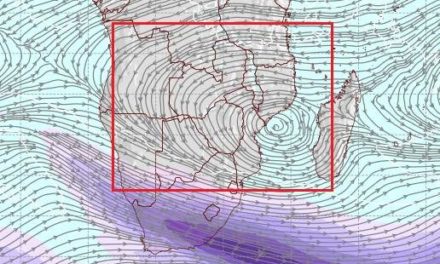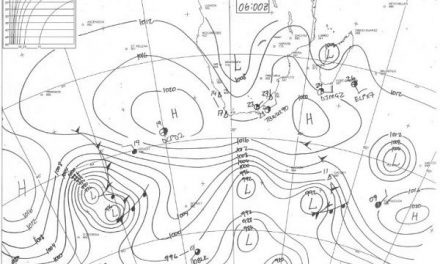
Weather overview and seasonal outlook to December 2021

Visual. Rainfall probabilities for the October, November, December 2021 season.
Source: Namibia Meteorological Service.
Recent Developments
The most recent rainfall outlook from the Namibia Meteorological Service, released on 23 September, paints neither a very promising or a very negative picture of expected rainfall over the next six months.
Other than a probability for above average rainfall for most of the country, the only two points of concern are the Kunene and western Omusati regions during the main part of the rain season, and the central and southern Namib during the early part of the season.
The rainfall outlooks are based on probabilities calculated as a departure from chance, due to specific changes in observable variables. They don’t say much but the discussion that goes with them reveals much more about the Met’s thinking, and the correlation between local and regional conditions.
For instance, the outlook makes a point of Kunene and western Omusati entering a new rainfall season with weak prospects, following a fairly disappointing season at the beginning of this year.
The expectation for below average rainfall in the central and southern Namib, according to the probability maps, is only for October. Immediately one has to keep in mind that October is not a rainfall month in the desert, and that for the latter half of the season, “average” rainfall is expected in the desert.
A sensible expectation is to look at both local, and global conditions. In this regard, the Met is correct in their observation of the expected weak La Nina in the Pacific, which usually helps rainfall in the western half of southern Africa and that includes us.
Similarly, the so-called Indian Ocean Dipole seems to be moving from negative to positive, which may be a positive sign for central Africa later in the season, but which will only benefit us if the southern boundary of the Inter-Tropical Convergence Zone moves to the Namibia Angola border.
Another indicator with a local bearing is the Southern Oscillation Index maintained by the Australian Bureau of Meteorology which is currently at +9.8 and has been positive since the beginning of July.
On the local front, we also need to take note of the lateral position of the core of the South Atlantic high pressure cell, and of the distance between the core of the southern Indian high pressure cell and the South Atlantic high.
Given all these ever-changing variables and given how early in the season it still is, it is perhaps sound advice to work with the future with respect, for one simple reason: We never really know how it will turn out. To hide this shortcoming, we calculate probabilities, but we must never make the mistake of confusing probabilities and actualities. Often they are not the same.
The full outlook can be read here: Namibia Meteorological Service, 2021/22 Rainfall Season.












































